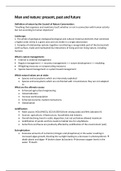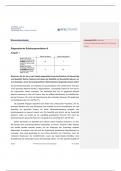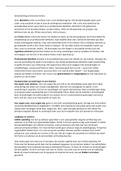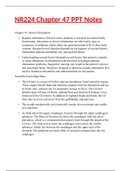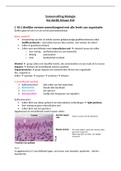Samenvatting
Summary Man and Nature: Past, Present and Future notes
- Instelling
- Radboud Universiteit Nijmegen (RU)
This is a summary of all the lectures for Man and Nature: Past, Present and Future (second year Radboud). I obtained a grade of 7.7 for the exam using these notes.
[Meer zien]
